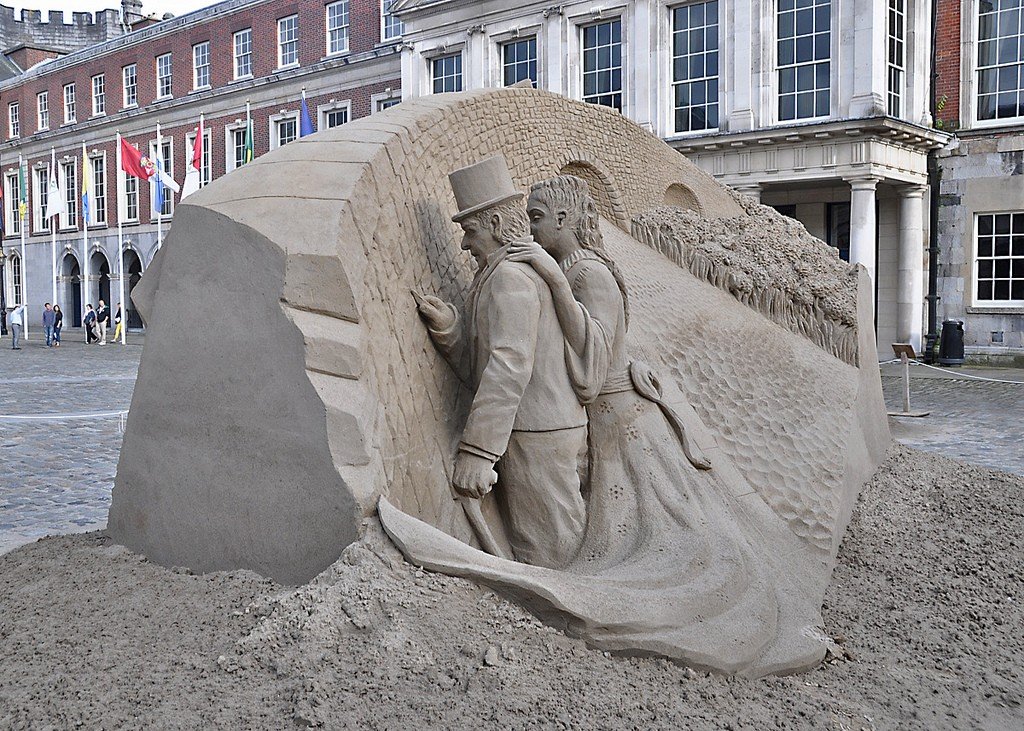Dublin Castle
Dublin Castle is the largest architectural complex in the Irish capital, used for government receptions and public celebrations. Despite such a high purpose, the facility is open daily to tourists.










- History of the castle
- Architectural features of Dublin Castle
- Museums of the complex
- Tourist information
History of the castle

Architectural features of Dublin Castle
Tourists appreciate Dublin Castle for the rare opportunity to trace the history of Irish architecture over several centuries in one short visit. The 13th-century castle walls and towers were supplemented in the 18th and 19th centuries with new stone buildings replacing the older ones and surrounding Dublin Gardens Square, a intricately cut lawn with low-growing shrubbery.




The medieval part of the complex
Only elements of the outer wall, which became the foundations for the new buildings, and the massive round tower adjoining the Chapel of the King, whose chess teeth were added in the 19th century, remain from the original Norman castle. The medieval wooden buildings inside the fortress burned regularly, and by the 18th century it was decided to replace them with capital stone structures.
.
Late elements of the ensemble




Tourist Information
Dublin Castle is located in the central part of the Irish capital, 200 meters south of the River Liffey, on Castle Street. The complex is surrounded on all sides by bus stops, accessed by routes from all parts of the city. To the east is the Exchecker Street point, to the west, on Wareburgh Street, is Dublin City South, and to the north is Temple Bar on Dame Street. Dozens of cafes, eateries and bars are open 100m east of the complex. The castle itself has a gift store and the Silk Road Café in the grounds of the Chester Beatty Library.
.Opening times and cost of admission
Visitors are welcome at the castle from Monday to Saturday from 10am to 4:45pm, Sunday and public holidays from 12pm. Tours of the governmental part of the castle and the chapel last 50 minutes and cost 8.5 euros for adult tourists, children 6-12 years old, students and pensioners receive discounts. Access to the grounds is cut off during Christmas week, Good Friday and New Year’s Day. During state ceremonies, the facility operates on a special schedule.
.